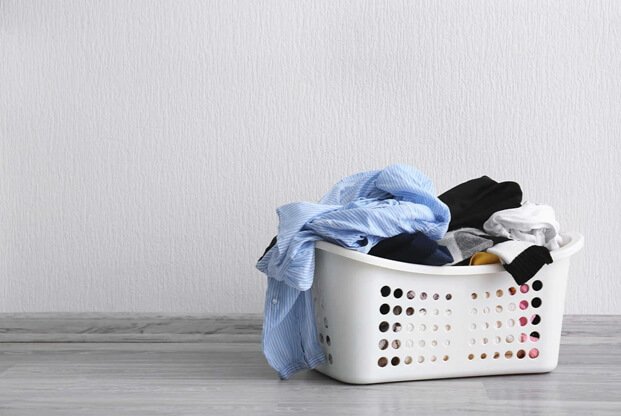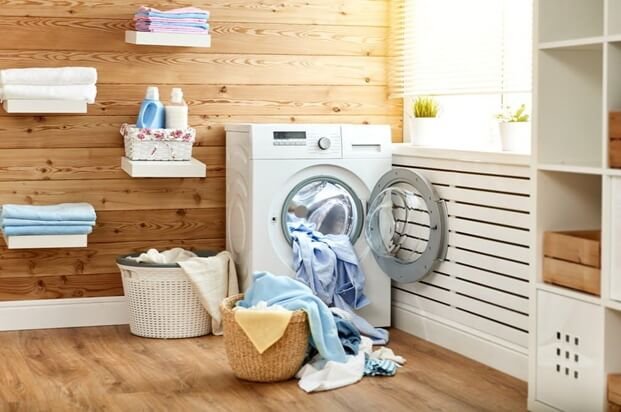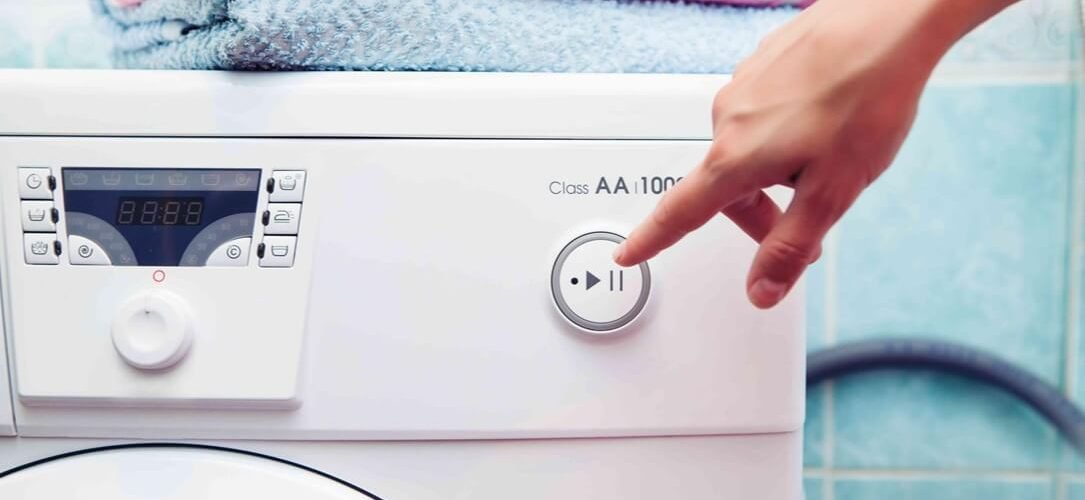With inflation on the rise and interest rates reaching an all time high, it’s no surprise that many people are looking for ways to cut their every-day living expenses. One strategy in particular that you may not have thought of is your laundry expense. It often goes unnoticed because we generally don’t like to think about the laundry. It’s another chore in a long list of to-dos we’ve been tasked with since young adulthood. Although it may not seem like changing your laundry habits will have much impact on your bottom line, these small changes add up into a whole lot of savings. Read below for tips from a laundry service in Orlando on ways you can cut your laundry costs.
Table of Contents
WASH LESS OFTEN
Skip a wash cycle between each garment use; doing so is not only a great way to save on costs, but it will also lessen the overall wear and tear that during the cleaning process. Clothing that is generally worn as a layer on top of other clothing (jackets, vests, coats, sweaters, etc.) can be washed per 3 uses or more, depending on the activities performed while wearing them. Thick materials made of strong fibers such as your favorite blue jeans can be washed after 4 to 5 wears. Undergarments, on the other hand, should be cleaned after each use..

WASH ONLY FULL LOADS
Wait until you have a full load of laundry; approximately 8 lbs of clothing, before cleaning a load. Running cycles that are less than a full load is a waste of water and electricity which drives your overall monthly utility expenses up. A full load of laundry should fill the drum of your washer at least ¾ of its capacity. You can check the manufacturer’s guidelines for your particular washer online by searching for the model number.
USE COLD WATER ON MOST CYCLES
Did you know that most detergents are engineered to work best in cold water temperatures? It’s true! Washing in a hot temperature does not equate to a cleaner end result. The chemical reaction occurring between the water, detergent and your clothing is what removes dirt and bacteria. In addition to increasing your energy bill it also can break down garment fibers faster than washing in a colder temp. Wash every load in cold water and save the heat for your white loads only.

BUY GENERIC BRANDS
Don’t be fooled by popular name brands; generic brands contain the same ingredients for a fraction of the cost. Generic bleach, oxygen cleaner, fabric softeners are typically ½ the cost of their name brand counterparts and in some cases do an even better job due the lack of fillers. You can find a generic equal of almost every laundry product in the same aisle and sometimes even by the same manufacturer.
USE LESS PRODUCTS
Instead of buying specialized stain removers, try treating soiled areas with liquid laundry detergent. Simply apply detergent to the affected area and use a toothbrush to work it into the stain. Allow it to sit for 5 to 10 minutes before normal laundering. Baking soda is another budget-friendly stain removal tool. Make a paste of fifty percent water, fifty percent baking soda and apply it to the stain before tossing the item in the wash. You can save even more money by skipping store bought softeners and dryer sheets. Instead add a ¼ of a cup of white vinegar to the rinse cycle of your washer. The vinegar acts as a natural odor eliminating agent as well as a fiber relaxer.

DIY SOAPS AND AIDS
Instead of purchasing laundry products from the store you can make your own diy versions using supplies you already have at home. A popular diy recipe for detergent only uses three ingredients: 2 cups of Borax, 2 cups of washing soda, 1 cup of soap flakes (Fels-Naptha is a common brand). For stain treatment you can combine 1 part dish washing soap (Dawn) with 2 parts hydrogen peroxide. And you can completely skip dryer sheets by using a ball of aluminum foil.
DECREASE WASH TIME
Every load doesn’t require the same amount of washing time. In fact, most loads can be cleaned on the lowest time setting on your washer. Wash time is the amount of time your washer will spend on the wash-rinse-spin cycles. If you are cleaning a load of laundry with minimal wear or that is stainless, you can generally complete the washing process in under 30 minutes. Larger loads that have heavily soiled items will require a longer cycle.

KEEP UP WITH WASHER & DRYER MAINTENANCE
Keeping a clean and well-maintained washer and dryer will ensure your machines are operating at optimal performance while also avoiding potential costly repairs. Using a washcloth and a mixture of white vinegar and hot water, clean the drum of your washer at least once a week. This process will remove built up grime and product from your machine. If your washer has a Clean setting, run a cycle on this setting to further clean the inside.
Maintain your dryer by cleaning the lint trap and dryer vent. Lint will accumulate over time and could potentially create a blockage of airflow during dry cycles. This build up can also prevent moisture from escaping, which will cause the dryer to work harder and use more energy. Using a dryer snake, clean your dryer vent at least once every couple of months.
AIR DRY YOUR CLOTHES
The best way to immediately cut energy costs produced on laundry day is to skip your dryer altogether. Air drying your clothes is a great natural alternative to the dryer. If the weather is sunny and warm you can air dry them outside on an outdoor clothesline. If you do not have an outdoor clothesline or the weather is not warm you can purchase an indoor clothesline for around $20 on Amazon. An additional bonus is that air drying your clothes is actually better for your garments. The drying process wears down the fiber and colors of your clothes which over time shortens the lifespan of your wardrobe. Drying your clothes in the natural sunlight is both gentle on your clothes and better for the environment.





